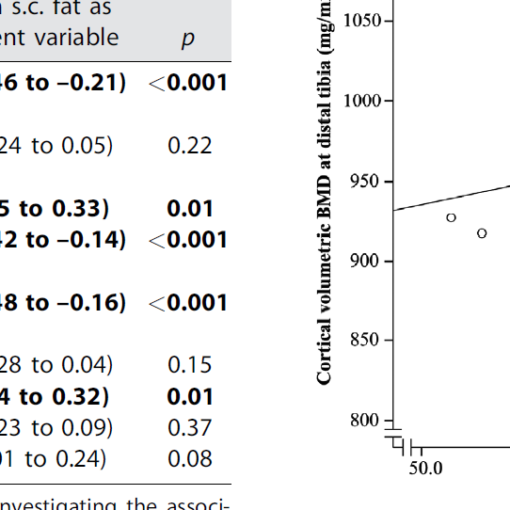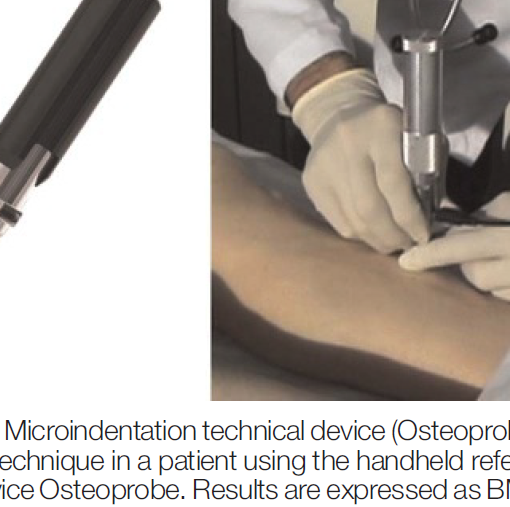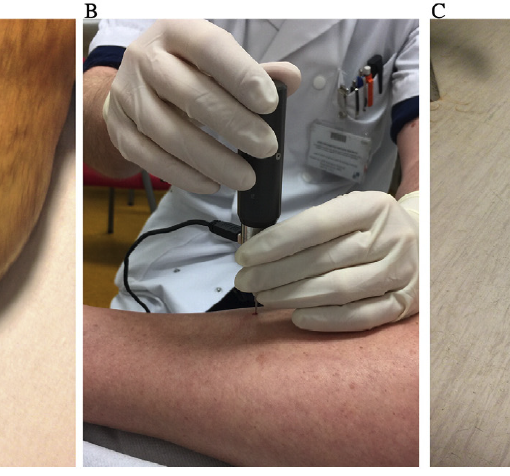Abstract
Glucocorticoids, widely used in inflammatory disorders, rapidly increase bone fragility and, therefore, fracture risk. However, common bone densitometry measurements are not sensitive enough to detect these changes. Moreover, densitometry only partially recognizes treatment-induced fracture reductions in osteoporosis. Here, we tested whether the reference point indentation technique could detect bone tissue property changes early after glucocorticoid treatment initiation. After initial laboratory and bone density measurements, patients were allocated into groups receiving calcium + vitamin D (Ca+D) supplements or anti-osteoporotic drugs (risedronate, denosumab, teriparatide). Reference point indentation was performed on the cortical bone layer of the tibia by a handheld device measuring bone material strength index (BMSi). Bone mineral density was measured by dual-energy X-ray absorptiometry (DXA). Although Ca+D-treated patients exhibited substantial and significant deterioration, risedronate-treated patients exhibited no significant change, and both denosumab- and teriparatide-treated participants exhibited significantly improved BMSi 7 weeks after initial treatment compared with baseline; these trends remained stable for 20 weeks. In contrast, no densitometry changes were observed during this study period. In conclusion, our study is the first to our knowledge to demonstrate that reference point indentation is sensitive enough to reflect changes in cortical bone indentation after treatment with osteoporosis therapies in patients newly exposed to glucocorticoids.
J Bone Miner Res. 2015 Sep;30(9):1651-6. doi: 10.1002/jbmr.2497. Epub 2015 Jun 11.




